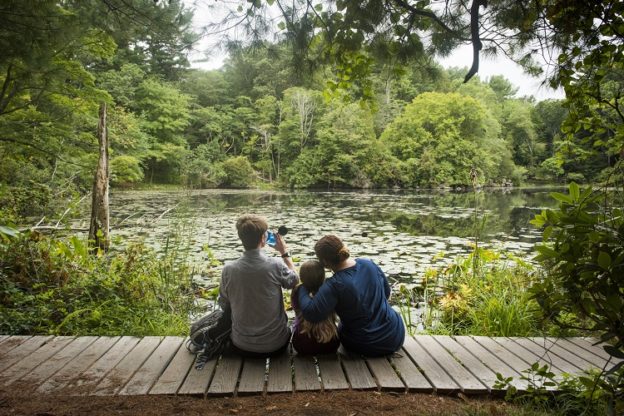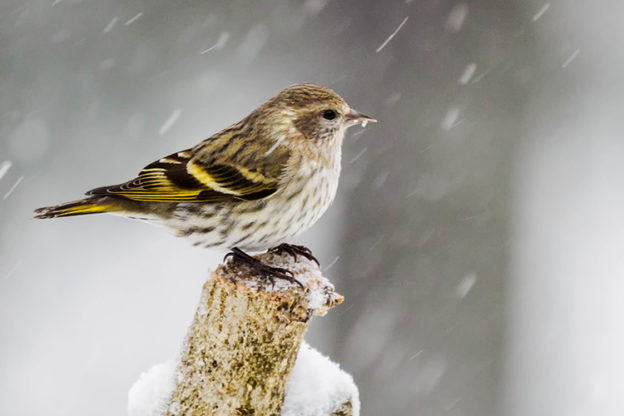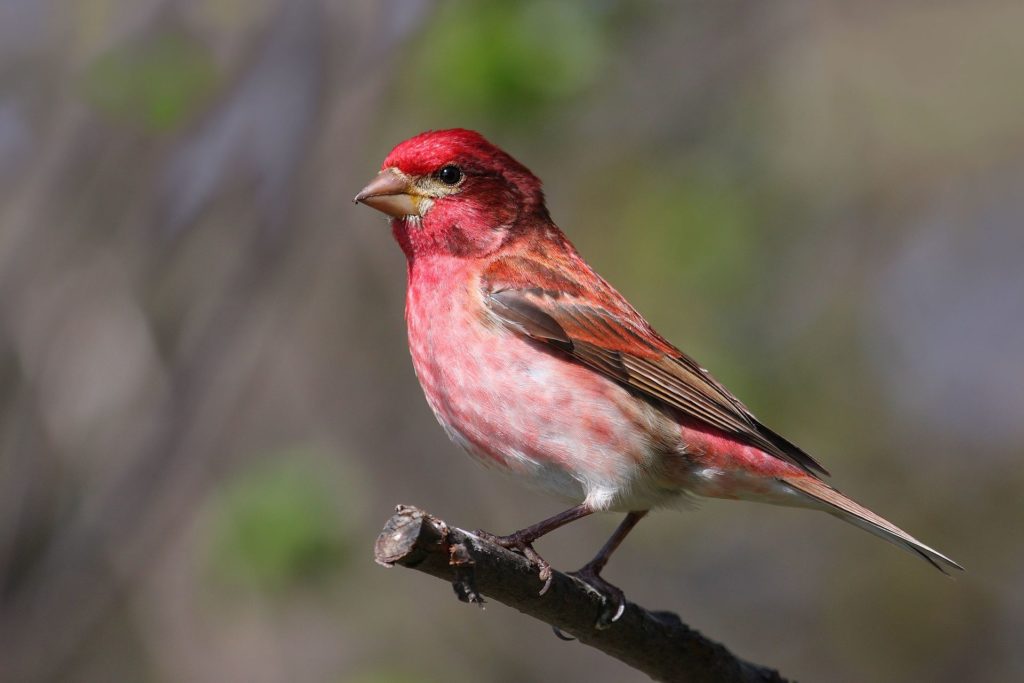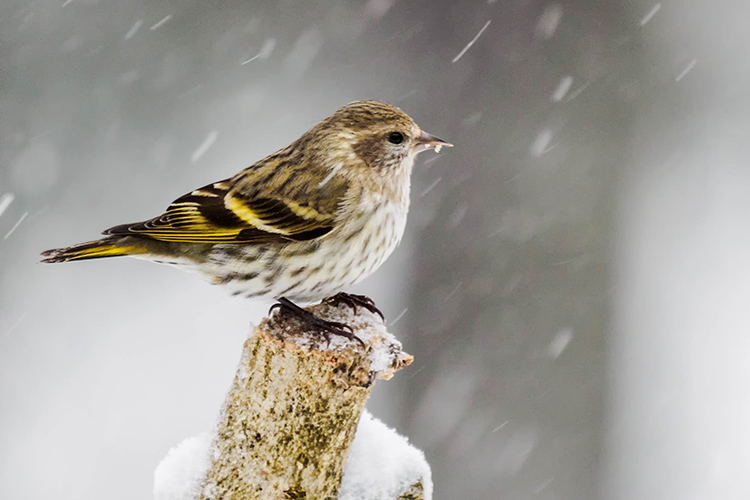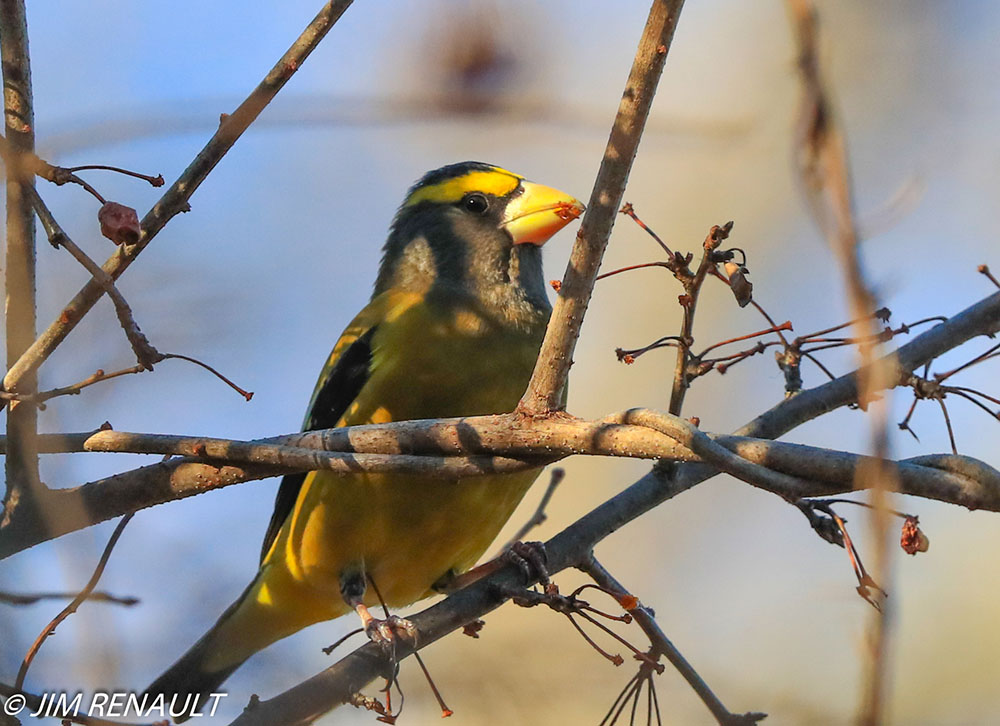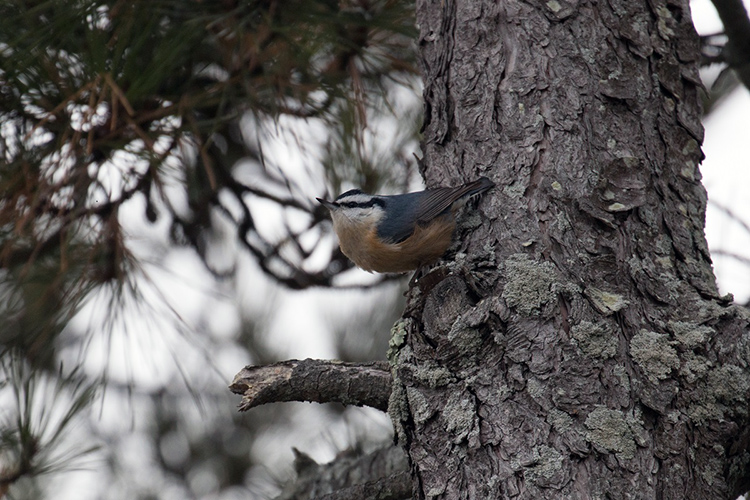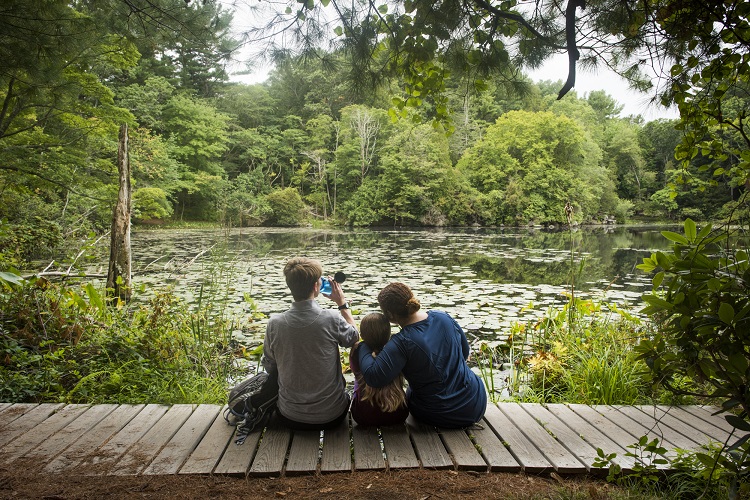
Born from the United Nations Framework Convention on Climate Change’s 21st summit, the Paris Agreement pledges to keep global temperature rise below 2 degrees Celsius. This agreement was pivotal, demonstrating international dedication to collectively reducing and mitigating the effects of climate change. Since its inception in 2015, about 188 of the attending 197 countries have ratified the agreement.
Last week, however, the United States officially became the first country to exit the Paris Agreement. While the withdrawal process began one year ago, the exit became finalized on November 4, 2020.
Our Role in Greenhouse Gas Emissions
The reason this withdrawal is so concerning is related to the United States’ enormous contribution to global greenhouse gas emissions (GHGs) – the root cause of climate change and its byproduct, global temperature rise. Between 1850 and 2011, our country was responsible for the largest portion of total greenhouse gas emissions compared to every other nation in the world. Even today, the United States continues to be the second largest GHG emitter worldwide.
This global nature of GHGs is part of the reason why international collective action is so important. No matter where we are, our combined emissions contribute to the global phenomenon of climate change. Even more significant, just a few nations are responsible for a majority of these emissions, which then impact the entire planet.
Collective Climate Action Isn’t Over
Although the US has formally withdrawn from the Paris Agreement, much of the country is still committed to reaching these international targets.
We know that to fight climate change and protect the natural and human communities we love, we have to act boldly and urgently. Massachusetts is dedicated to reaching net zero emissions by 2050. This means that statewide, through a combination of reducing emissions and improving nature-based solutions, we, as a state, will not emit more GHGs than what we can soak back up and remove from the atmosphere.
And here at Mass Audubon, we know when we work together, we can make an impact.
Where We Go from Here
There is still an opportunity for the United States to rejoin the Paris Agreement as soon as February 2021. There are also steps that we can all take to keep the momentum going on climate action.
You can write to your elected official, urging them to continue to support clean, equitable climate legislation. You can make sure your community and local organizations (like schools) are committed to the nation-wide pledge dedicated to achieving the Paris Agreement’s goals. You can support community programs, like green municipal aggregation, which “greens” community electricity supply. You can talk about climate change with your friends and family to inspire hope and dedication to climate action (here’s an upcoming webinar to learn more).
Use your voice, get active in your community, and inspire the people around you to make change. Our collective climate fight is far from over.


